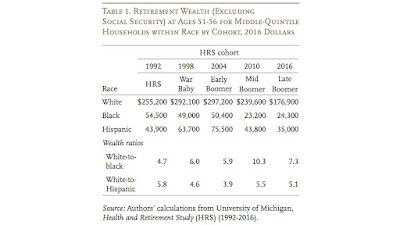SSA grossly underestimates the burden that responding to SSA-454-BK places on claimants and the public when it suggests the average burden is 60 minutes. [These estimates are required by the Paperwork Reduction Act.] Anecdotally, we believe that if you consider the complete time burden spent by the claimant and third parties to review SSA-454-BK, collect documentation, complete and transmit this form, it would take an average of 15-20 hours. This would include:
- times spent by the claimant receiving and reviewing the letter;
- time spent by assisters (neighbors, family, community assisters and sometimes SSA claims representatives) helping the claimant understand the SSA-454-BK form, and the steps required to respond (particularly in cases where SSA knows the claimant has intellectual, cognitive, behavioral or language deficits);
- time spent to collect information or documentation needed to complete the form;
- time spent by medical, behavioral health, and other providers furnishing documentation and or fielding specific questions necessary to complete the form;
- time spent securing assistance from advocates or lawyers;
- time spent to actually complete form;
- and the time required to transmit the SSA-454-BK to SSA. ...
Just completing the SSA-454-BK form is burdensome in and of itself. It is 15 pages long and requires multiple stamps to be mailed back to SSA. It requires beneficiaries to write short essays in response to questions, report all the medication they take and all of the medical treatment and providers they attend, and all of their daily activities. For adults and children with disabilities, this is usually a huge amount of information. ...
We recommend SSA take steps to reduce the burden on claimants by truncating and streamlining the SSA-454-BK. Specific consideration should be paid to the utility to each piece of information solicited as well as the burden it places on the claimant. Although detailed medical information is no doubt useful to evaluating ongoing disability claims, some of this information is not absolutely necessary to adjudicating the claim but may place a large burden on the responder. ...
On the whole, I find Social Security's forms to be terribly drafted. They are usually poorly organized, too long, confusing and ask for more information than is needed. They seem to be created with little input from the Social Security employees who have to read the forms and with zero regard for the public which has to struggle with the forms. I am glad that CCD is giving some much-needed attention to this dark corner at Social Security.







